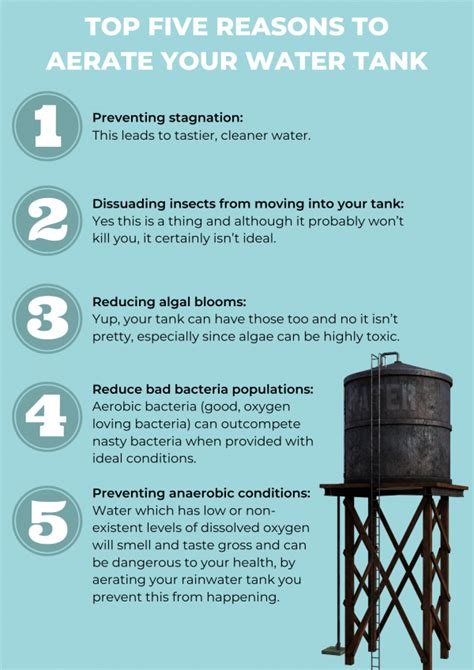How To Keep Rain Water Clean
Ronan Farrow
Apr 01, 2025 · 3 min read

Table of Contents
How to Keep Rainwater Clean: A Guide to Safe and Sustainable Harvesting
Rainwater harvesting is a fantastic way to conserve water and reduce your environmental impact. However, the quality of harvested rainwater is crucial. Contaminated water can be harmful to your plants, pets, and even yourself if you intend to use it for non-potable purposes. This guide will walk you through effective strategies to ensure your rainwater remains clean and safe for its intended use.
Understanding Rainwater Contamination
Before diving into solutions, understanding the sources of contamination is key. Rainwater, while naturally pure initially, picks up pollutants as it falls and travels. These pollutants can include:
- Roof Debris: Leaves, bird droppings, pollen, and other organic matter accumulate on roofs and are washed into the collection system.
- Airborne Pollutants: Industrial emissions, vehicle exhaust, and pesticides can contaminate rainwater.
- Gutter and Downspout Contaminants: Algae, mold, and debris can build up in gutters and downspouts, contaminating the collected water.
- Soil Runoff: As rainwater flows over surfaces, it picks up soil, fertilizers, pesticides, and other chemicals.
Effective Strategies for Clean Rainwater Harvesting
Implementing these strategies will significantly improve the cleanliness of your harvested rainwater:
1. Choosing the Right Collection System:
- Clean Roof: Regularly cleaning your roof is paramount. Remove leaves, debris, and bird droppings before and after a rainfall. Consider using a soft-bristled brush and a gentle cleaning solution if necessary. Avoid harsh chemicals which could contaminate the water.
- Proper Gutter and Downspout Maintenance: Keep gutters and downspouts clean and free of blockages. This ensures efficient water flow and prevents the accumulation of contaminants. Regular inspection and cleaning, ideally before and after each rainy season, is vital.
- First Flush Diverter: A first flush diverter is a highly effective device. It diverts the initial flow of rainwater – which carries the highest concentration of pollutants – away from your storage tank. This initial water, often heavily contaminated with debris and pollutants, is safely diverted away from your collection system.
2. Filtration and Treatment:
While a first flush diverter is a great first step, consider additional filtration for optimal water quality:
- Basic Filtration: Using a simple filter at the point of entry into your storage tank can remove larger debris. A mesh filter or screen is readily available and effective for this purpose.
- Advanced Filtration: For applications requiring higher water purity, you might consider using more advanced filter systems. These could range from sand filters to more complex multi-stage filtration systems, depending on your specific needs and budget.
- Disinfection (For Non-Potable Uses): While not always necessary for simple plant watering, you may choose to disinfect rainwater intended for non-potable uses, such as cleaning, with diluted bleach or UV sterilization methods. Always follow safe handling procedures for any disinfectants used.
3. Storage Tank Maintenance:
Proper storage tank maintenance is crucial:
- Regular Cleaning: Periodically clean your storage tank to remove sediment and algae. Always consult your tank's specific maintenance guidelines.
- Tank Material: Choose a tank material appropriate for rainwater storage. Food-grade plastic tanks are a popular and safe choice.
- Proper Sealing: Ensure your storage tank is properly sealed to prevent contamination from insects, animals, and airborne pollutants.
4. Water Testing (Optional but Recommended):
Regular water testing can provide peace of mind. You can have samples tested by a local laboratory to determine the water quality and suitability for its intended use. This proactive approach allows for timely adjustments to your rainwater harvesting system.
Conclusion:
By implementing these strategies, you can effectively harvest clean rainwater for various uses, reducing your reliance on municipal water supplies and minimizing your environmental footprint. Remember that consistent maintenance and attention to detail are key to maintaining clean and safe rainwater throughout the year.
Featured Posts
Also read the following articles
| Article Title | Date |
|---|---|
| How To Make A Grad Cap Cake | Apr 01, 2025 |
| How To Paint Front Grill Of A Car | Apr 01, 2025 |
| How To Make A 1500 Tow Like A 2500 | Apr 01, 2025 |
| How To Identify Amber | Apr 01, 2025 |
| How To Obtain Sora License In Nj | Apr 01, 2025 |
Latest Posts
-
How Big Is A 30 By 40 Inch Blanket
Apr 03, 2025
-
How Big Is A 250cc Dirt Bike
Apr 03, 2025
-
How Big Is A 20 L Bag
Apr 03, 2025
-
How Big Is A 2 Carat Emerald Cut Diamond
Apr 03, 2025
-
How Big Is A 12x18 Canvas
Apr 03, 2025
Thank you for visiting our website which covers about How To Keep Rain Water Clean . We hope the information provided has been useful to you. Feel free to contact us if you have any questions or need further assistance. See you next time and don't miss to bookmark.
